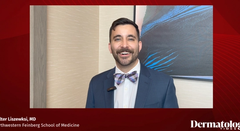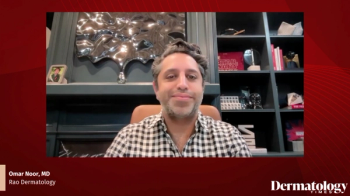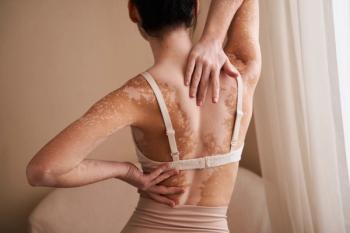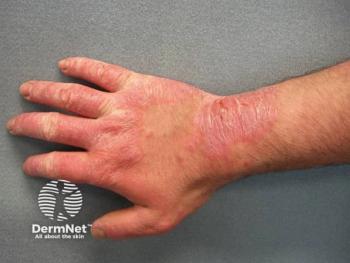
Evaluating Currently Available Topicals for Pediatric AD
Shanna Miranti, MPAS, PA-C, describes her clinical approach for managing moderate to severe pediatric atopic dermatitis and how she selects between the 3 available non-steroidal topicals.
Episodes in this series

Shanna Miranti, MPAS, PA-C, shared her clinical approach to managing moderate to severe pediatric atopic dermatitis (AD), emphasizing the quality of life impact on children and their caregivers. She noted that although AD can be difficult to manage, recent therapeutic advancements have made it an exciting and optimistic time for treating the condition. With the availability of multiple nonsteroidal topical therapies, clinicians now have more flexibility to tailor treatment plans based on patient age, disease distribution, and caregiver burden.
Miranti, a board-certified physician assistant at Riverchase Dermatology and a Dermatology Times editorial advisory board member, discussed her decision-making process when choosing between 3 nonsteroidal agents: ruxolitinib (Opzelura; Incyte), tapinarof (Vtama; Organon), and roflumilast (Zoryve; Arcutis Biotherapeutics) cream. For younger children, particularly those aged 2 to 5 years, she prioritizes FDA-approved, age-appropriate therapies that are safe, effective, and easy for caregivers to apply across all body areas, including sensitive regions such as the eyelids and genitalia. Tapinarof cream is approved for patients aged 2 years and older and has demonstrated strong efficacy in clinical trials with once-daily use. Its broad area of application makes it especially suitable for this age group.
For children aged 6 years and older, Miranti considers roflumilast 0.15% cream, which is well tolerated and particularly helpful in cases of AD with seborrheic features. She screens for AD-seborrheic overlap, often seen in children with a history of cradle cap, and finds roflumilast effective without causing stinging.
Ruxolitinib cream, currently approved for patients aged 12 years and older, is typically reserved for adolescent patients with severe itch. Miranti expressed her excitement for the upcoming age expansions for both roflumilast and ruxolitinib to allow earlier use in younger populations.
Newsletter
Like what you’re reading? Subscribe to Dermatology Times for weekly updates on therapies, innovations, and real-world practice tips.






















